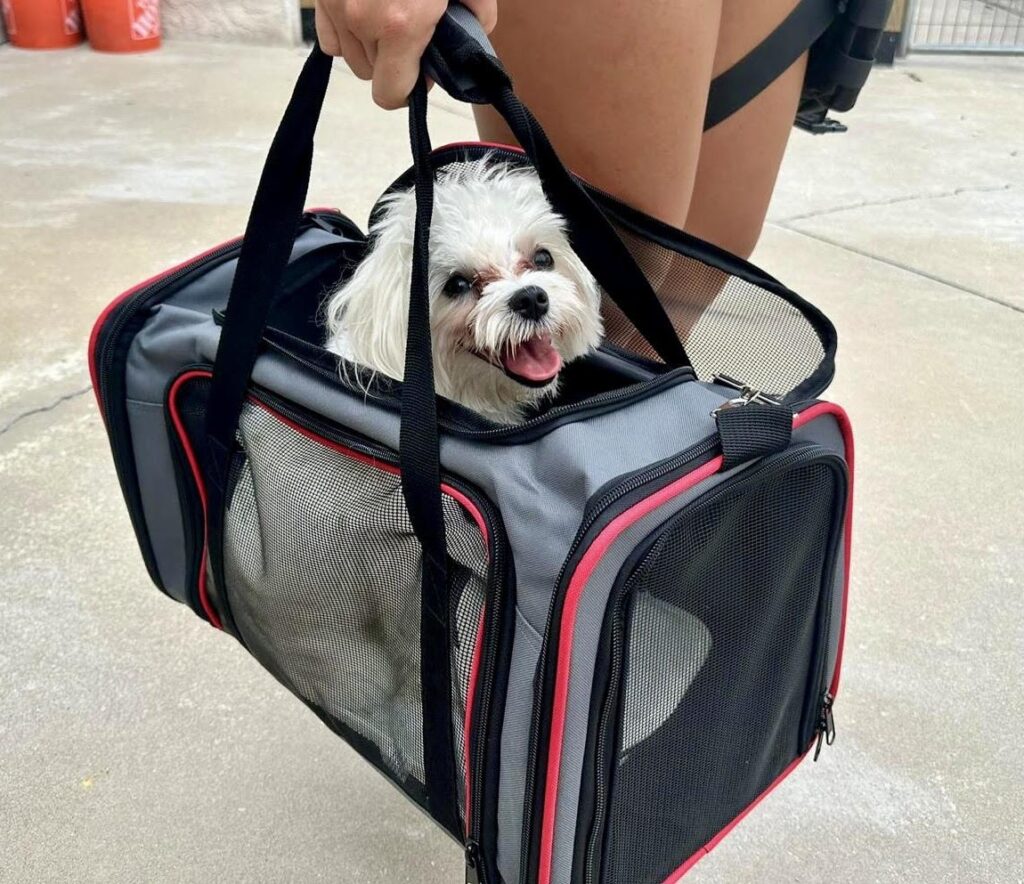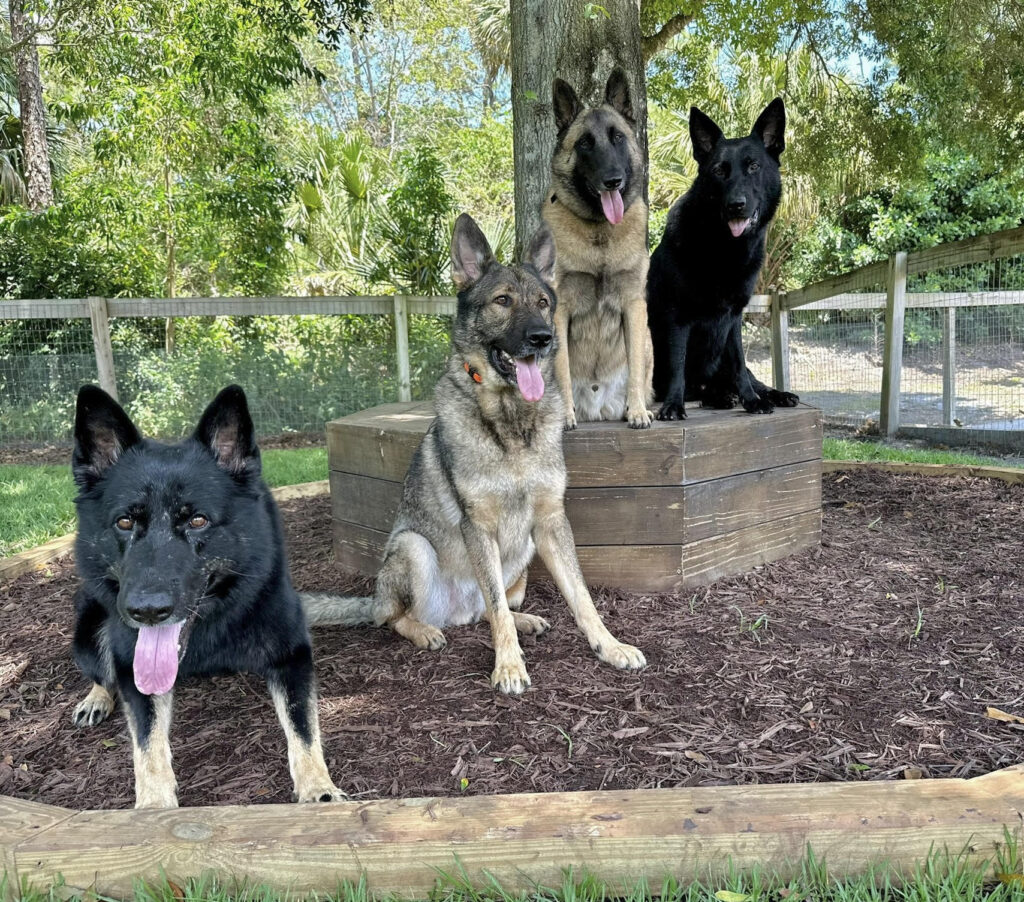The Importance of Dog Socialization
Dog socialization is paramount for fostering well-rounded canine companions. By exposing dogs to a variety of environments, people, and other animals during their formative stages, owners can help them develop into confident, adaptable pets. Socialization not only enhances a dog’s ability to interact positively with humans and other dogs but also reduces the likelihood of behavioral issues such as fear, aggression, and anxiety. Moreover, well-socialized dogs are better equipped to handle new situations, which can make outings, vet visits, and encounters with strangers more manageable for both the dog and the owner. Ultimately, investing time and effort into dog socialization can lead to happier, healthier, and more harmonious relationships between dogs and their human families.

Firework Desensitization
Desensitizing dogs to firework sounds is a gradual process that involves exposing them to the noise in a controlled and safe environment. Initially, it’s crucial to start with low levels of the sound, gradually increasing the volume as the dog becomes more comfortable. Positive reinforcement techniques, such as offering treats or praise, can help create positive associations with the noise. Additionally, providing a safe space for the dog to retreat to, such as a cozy den or crate, can offer a sense of security during the desensitization process. Consistency and patience are key, as desensitization may take time, but with dedication, many dogs can learn to remain calm during firework displays.

E-Collar Training
E-collar training involves the use of a collar that delivers a mild electrical stimulation to a dog as a form of communication during training. E-collars utilize TENS (Transcutaneous Electrical Nerve Stimulation) technology. Unlike shock collars that deliver a static stimulation, TENS-based e-collars produce a gentle, pulsating electrical signal designed to stimulate nerves without causing discomfort or pain to the dog. This technology allows for precise control over the intensity and duration of the stimulation.
When used correctly and responsibly, e-collar training can be an effective tool for teaching commands, reinforcing desired behaviors, and addressing problematic behaviors such as jumping and excessive barking. However, it is crucial that e-collar training is conducted under the guidance of a professional trainer who emphasizes positive reinforcement techniques and ensures the collar is properly fitted and used at appropriate levels. The goal of e-collar training is not to instill fear or pain in the dog, but rather to provide clear and consistent communication to enhance the training process. It’s essential for dog owners to thoroughly educate themselves on the proper usage of e-collars and to prioritize their dog’s well-being and comfort throughout the training process.

Beat The Heat!
During hot weather, ensuring dogs stay cool is crucial for their well-being. Providing access to shade and plenty of fresh water is paramount. Walks should be scheduled during cooler parts of the day, such as early mornings or evenings, to prevent overheating and burning paw pads on the hot pavement. Cooling mats or frozen treats can offer relief indoors, while misting them with water or setting up a kiddie pool for supervised splashing can help them stay comfortable outdoors. It’s also important to never leave a dog in a parked car, even for a short time, as temperatures can quickly become dangerously high.
Every dog owner should familiarize themselves with the warning signs of overheating. Signs may include excessive panting, drooling, rapid heartbeat, weakness, lethargy, vomiting, diarrhea, and even collapse. Additionally, dogs may exhibit symptoms such as bright red gums, glazed eyes, or a rectal temperature above 103°F (39.4°C). It’s important for owners to be vigilant, especially during hot weather or strenuous activity, and take immediate action if any of these signs are observed. Cooling the dog down gradually by moving them to a shaded area, offering water to drink, and wetting their fur with cool (not cold) water can help alleviate symptoms. If the dog’s condition does not improve or worsens, seeking veterinary assistance promptly is essential to prevent serious complications.

Travel Tips when Flying

What To Know About Working Breeds
It’s essential to carefully consider the lifestyle needs of working breed dogs before bringing one into your home. Breeds such as Border Collies, Australian Shepherds, and German Shepherds are known for their intelligence, high energy levels, and strong work ethic. These dogs thrive when given a job to do, whether it’s herding livestock, participating in agility training, or engaging in mentally stimulating activities. Without adequate physical exercise and mental stimulation, working breeds can become bored, frustrated, and may develop behavioral issues such as excessive barking or destructive tendencies. They require dedicated training to channel their energy positively and fulfill their inherent instincts. Therefore, unless you can commit to providing ample exercise, mental challenges, and ongoing training, it’s advisable to consider a breed better suited to a less demanding lifestyle to ensure both the dog’s well-being and your own satisfaction as a pet owner.

